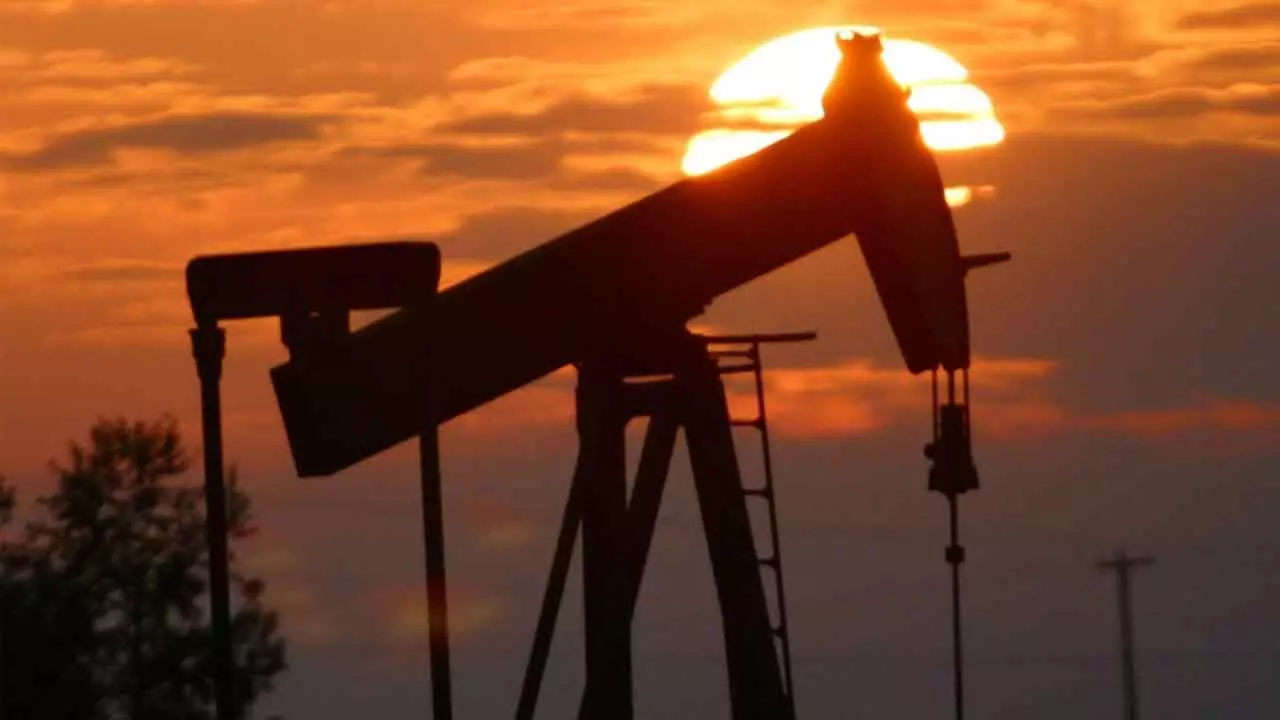India Ramps Up Oil & Gas Reforms To Boost Energy Security, Sustainability
India Ramps Up Oil & Gas Reforms To Boost Energy Security, Sustainability

The Ministry of Petroleum and Natural Gas has stepped up its mission to ensure energy access, efficiency, sustainability, and security across the country. In the past year, the ministry has launched significant initiatives to enhance domestic production, encourage alternative fuels, and reduce import dependency—laying the groundwork for a more resilient and sustainable energy future.
Ujjwala Yojana Expands Its Reach
The Pradhan Mantri Ujjwala Yojana (PMUY), one of the government’s flagship social welfare schemes, has emerged as a cornerstone of energy access. As of now, the Ujjwala scheme has reached 10.33 crore households. Since its launch, nearly 222 crore LPG refills have been delivered to PMUY beneficiaries, with around 13 lakh refills being taken daily.
The government currently provides a targeted subsidy of Rs 300 per cylinder to all Ujjwala users. This initiative has also helped improve LPG usage among economically weaker households. Per capita LPG consumption has risen from 3.01 cylinders annually in 2019–20 to 3.95 in 2023–24. The current financial year is already showing higher consumption levels, with per capita use reaching 4.34 cylinders on a pro-rata basis as of October 2024.
Push for Biofuels and Ethanol Blending
In a major thrust towards greener fuels, India’s Ethanol Blended Petrol (EBP) Programme has recorded a significant rise in ethanol supply—from 38 crore litres in 2013–14 to over 707 crore litres in 2023–24. This has translated into an average ethanol blending rate of 14.6 per cent during the current ethanol supply year, with blending already reaching 16.23 per cent as of December 29, 2024. Over 17,400 fuel stations are now dispensing E20 petrol (20 per cent ethanol).
The government also aims to develop 900 KTPA of Green Hydrogen capacity by 2030, with tenders for 42 KTPA already floated and another 128 KTPA in the pipeline. In aviation fuel, Sustainable Aviation Fuel (SAF) blending targets of 1 per cent by 2027, 2 per cent by 2028, and 5 per cent by 2030 have been set.
Additionally, the PM JI-VAN Yojana has been revised to include a wider range of advanced biofuels and extended till FY 2028–29. The amendments also allow brownfield and bolt-on projects to qualify for support.
Refining Capacity and Upstream Growth
India currently operates 22 refineries with a total capacity of 256.8 million metric tonnes per annum (MMTPA). Of these, 18 are in the public sector, three are privately owned, and one operates as a joint venture. The public sector contributes the lion’s share at 157.3 MMTPA.
The refining capacity is expected to grow to 309.5 MMTPA by 2028, driven by expansion projects in 11 PSU refineries and a new grassroots facility. In the upstream sector, 741 wells—including 132 exploratory and 609 development wells—were drilled in FY 2023–24. Natural gas production rose to 36.44 billion cubic meters (BCM) from 34.45 BCM the previous year. Additionally, 16,645 LKM of 2D and 15,701 SKM of 3D seismic surveys were conducted. A total of 12 new oil and gas discoveries were made under nomination and contractual regimes.
The government also acquired 42,944 LKM of 2D seismic data through airborne gravity and magnetic surveys, bolstering future exploration efforts.
Policy Reforms and Diversification
To attract new players and unlock smaller reserves, the government introduced the Discovered Small Fields (DSF) Policy in 2015. So far, three bidding rounds have been completed, resulting in 85 contracts, of which 55 remain active. Five fields are already producing, with cumulative output reaching 520 Mbbl of oil and 138 MMSCM of gas.
In the Coal Bed Methane (CBM) sector, 15 blocks have reached a production rate of 1.8 MMSCMD, with total production of 6.38 BCM and over $2.46 billion invested to date.
To reduce dependency on select countries, the ministry diversified its oil and gas imports during FY 2023–24. PSUs like IOCL and GAIL secured long-term LNG supply deals with ADNOC, UAE, locking in 2.7 MMT annually.
The government is also building strategic reserves. Under SPR Phase I, 5.33 MMT of storage was commissioned in Mangalore, Padur, and Visakhapatnam. Phase II, approved in 2021, adds another 6.5 MMT of underground storage at Chandikhol and Padur through public-private partnerships.
Road to Energy Independence
The government’s multi-pronged strategy to cut import dependency includes a broader switch to natural gas, promotion of biofuels like ethanol, compressed biogas, and biodiesel, and support for energy-efficient refinery processes. Ethanol blending alone has brought significant benefits: as of September 2024, farmers have received around Rs 92,409 crore in payments under the EBP programme. This has also led to foreign exchange savings of over Rs 1.08 lakh crore, crude oil substitution of 185 lakh metric tonnes, and CO₂ emissions reduction of about 557 lakh metric tonnes.
With a projected 20 per cent ethanol blend likely to contribute over Rs 35,000 crore to farmers annually, the government has also launched the SATAT initiative to scale up CBG for transport use.

